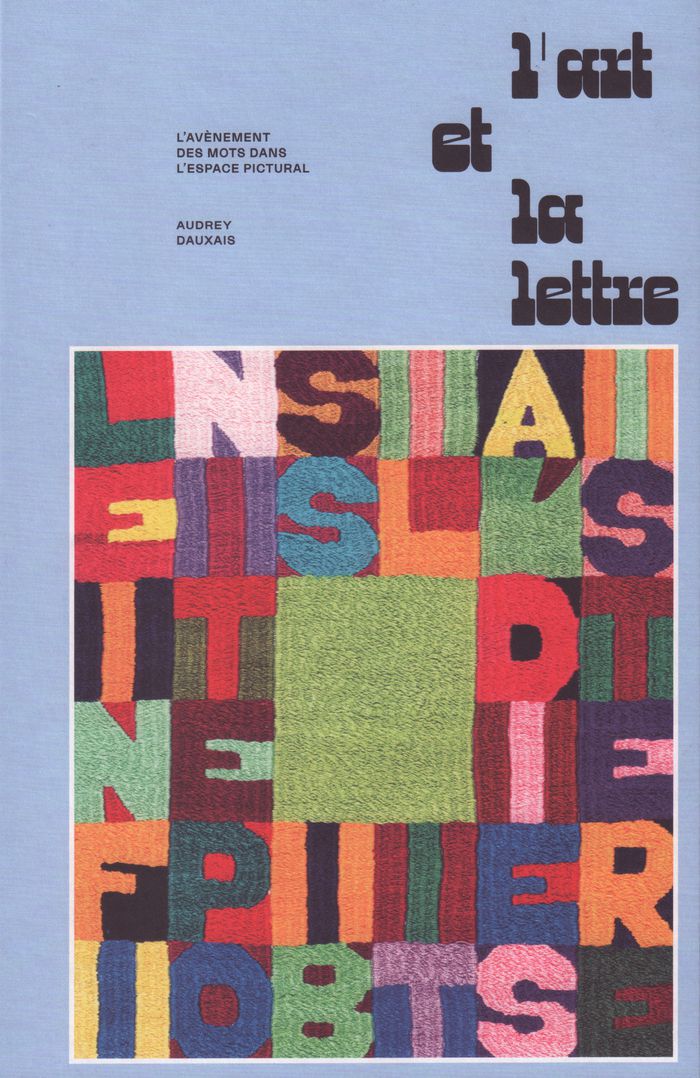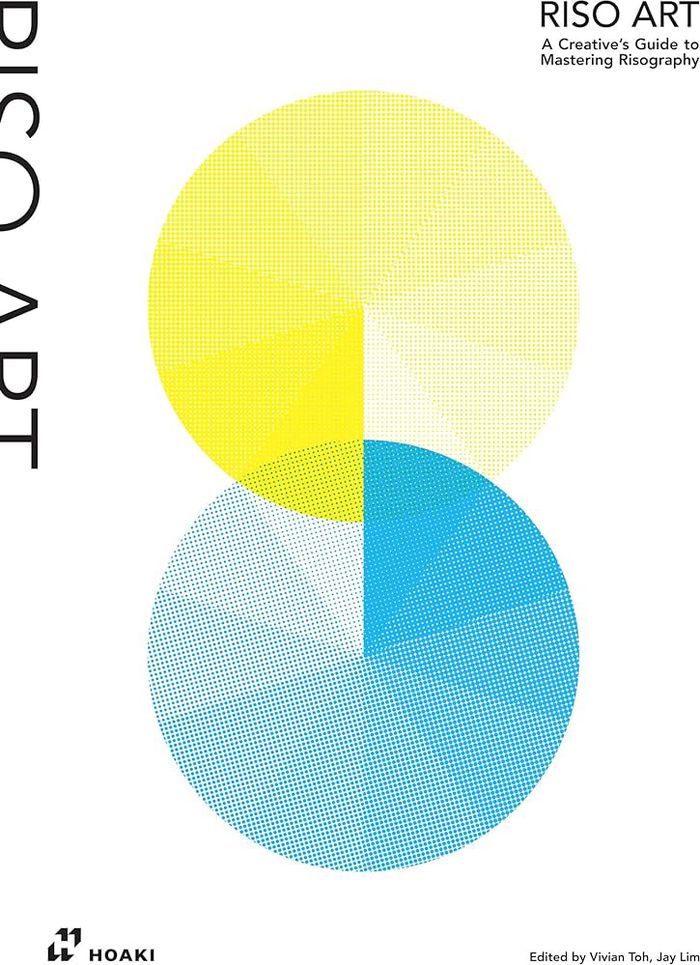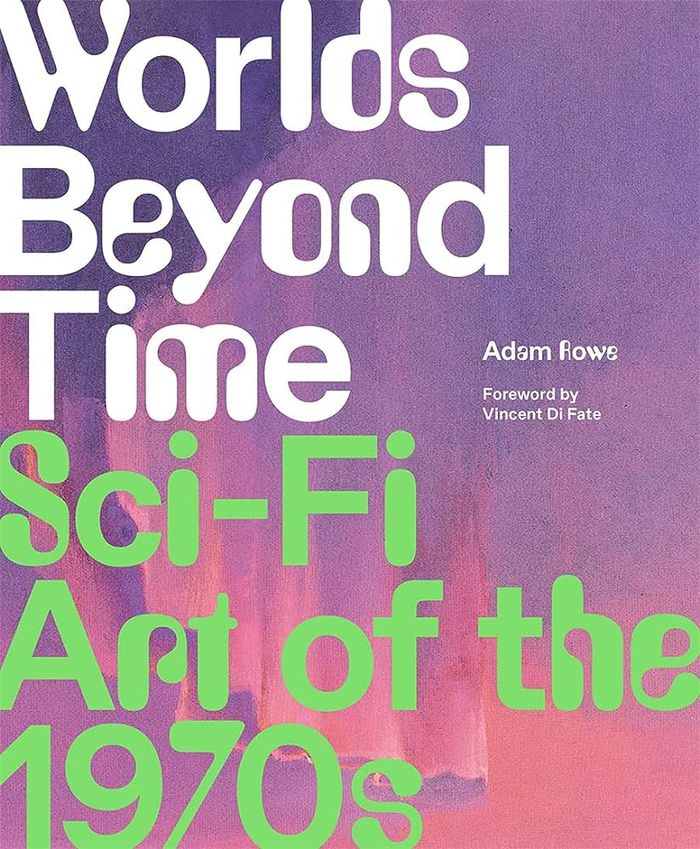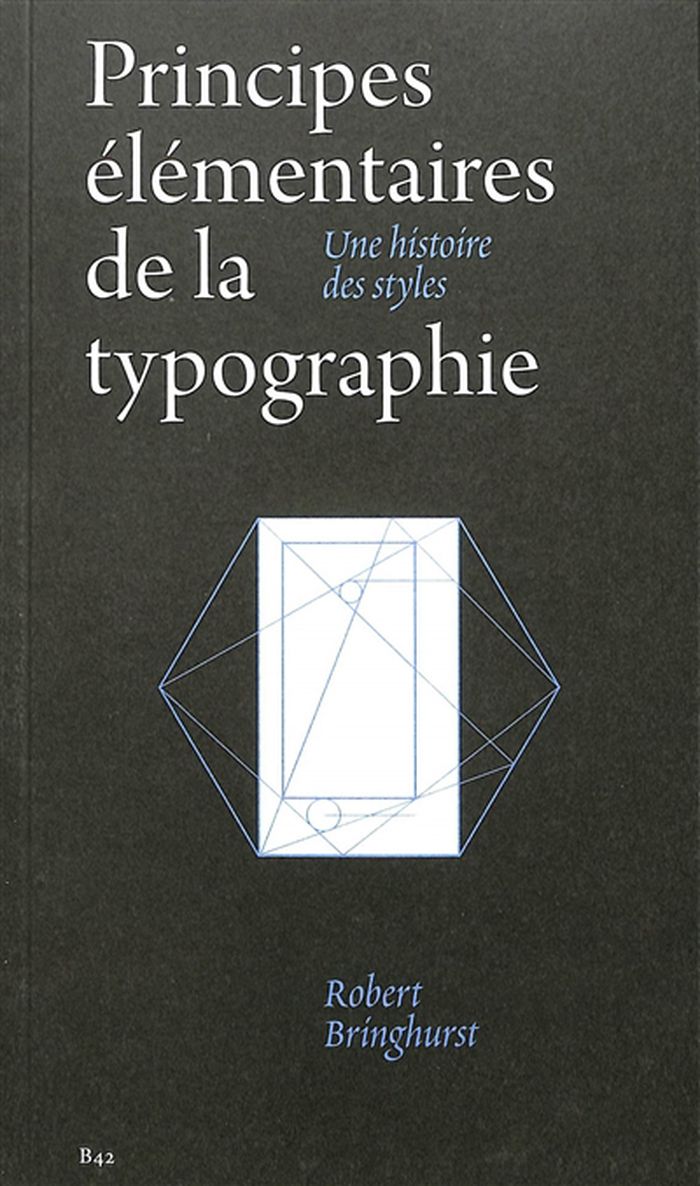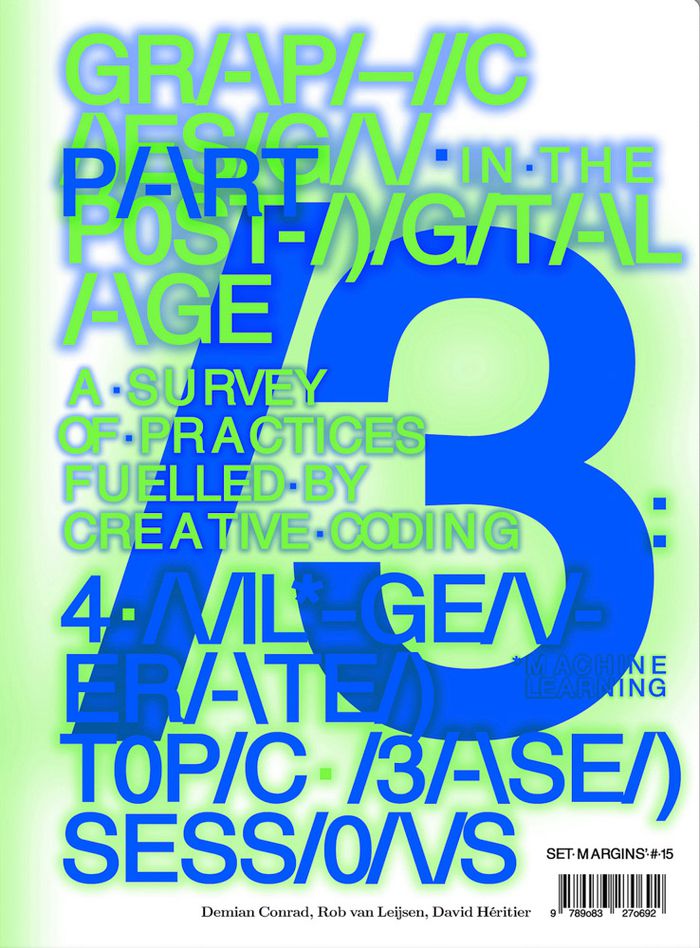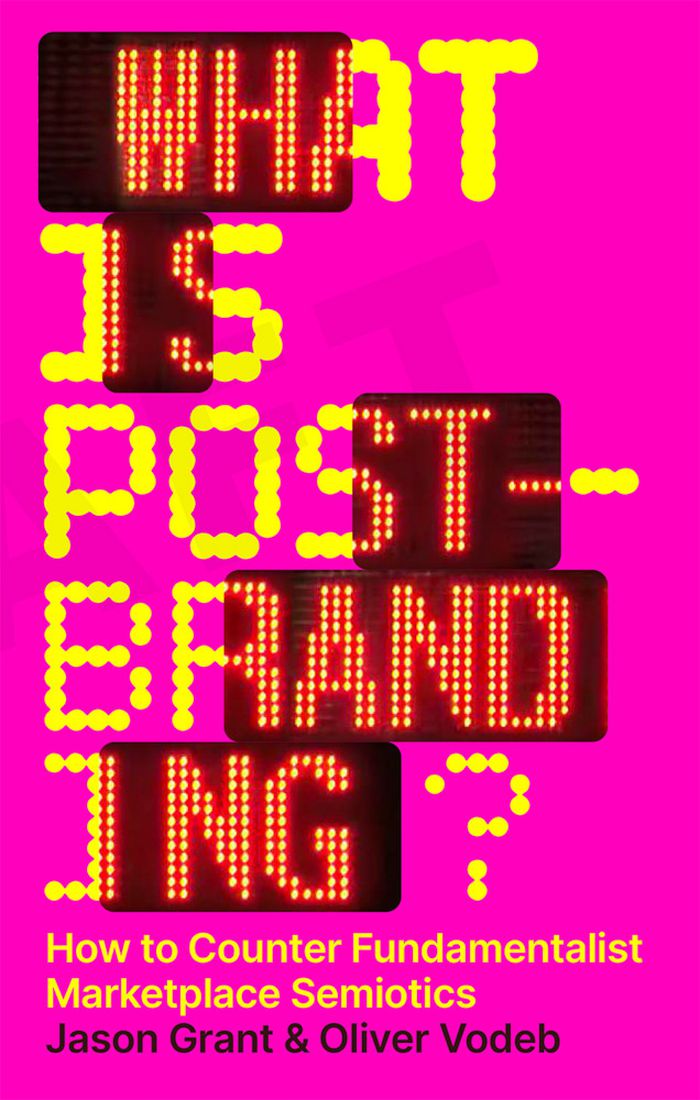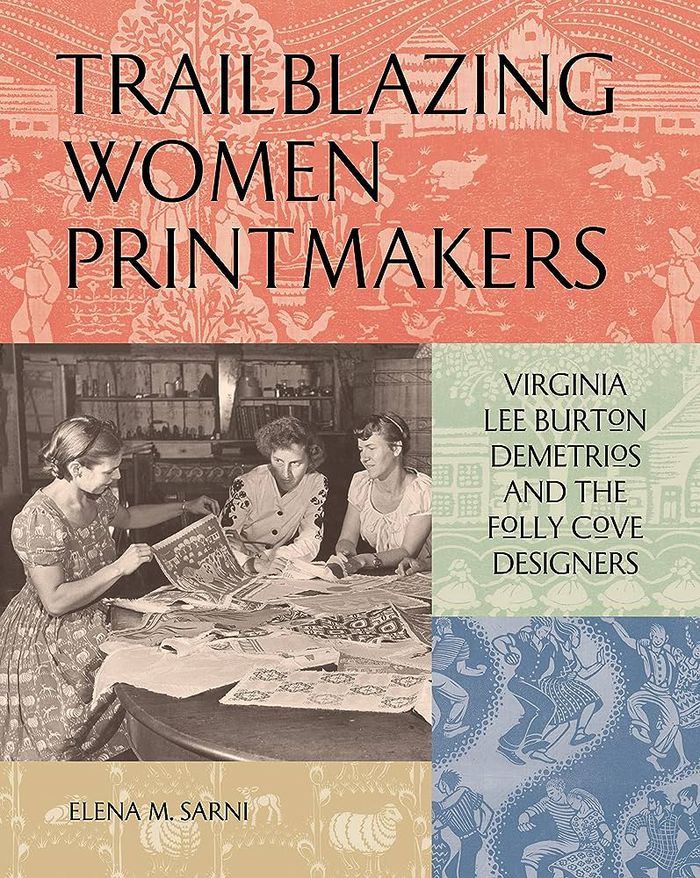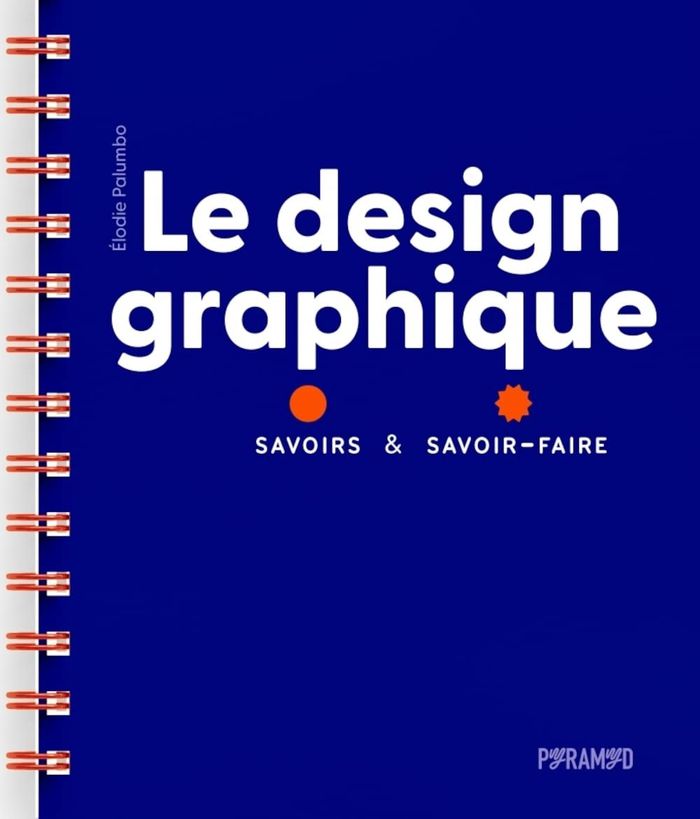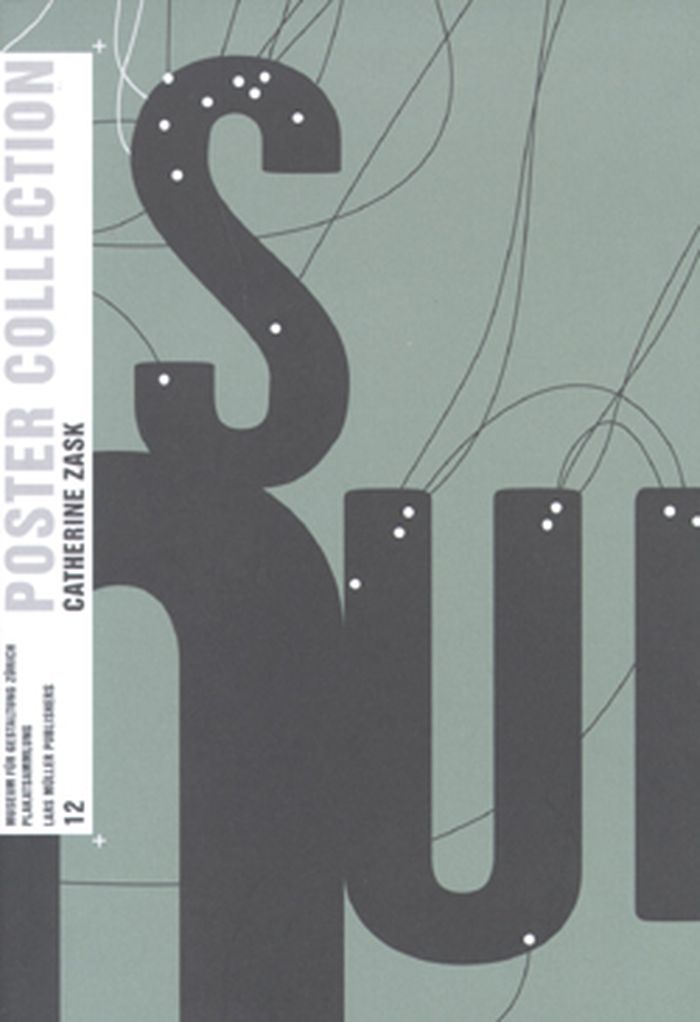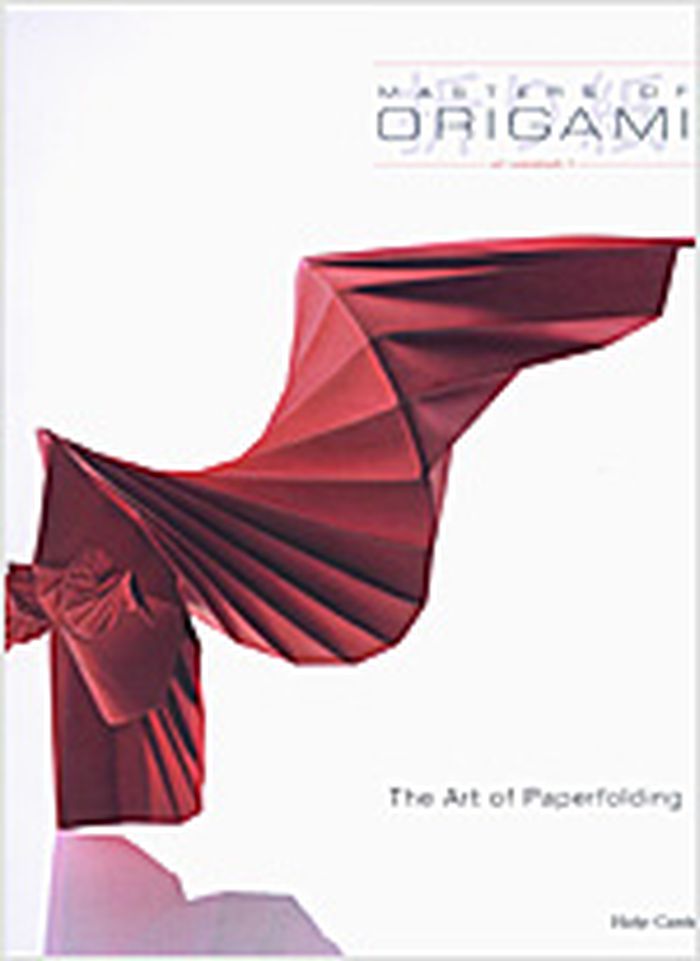L'art et la lettre
$100.00
(disponible sur commande)
Résumé:
Cet ouvrage étudie la place et le rôle de la lettre dans l'art en apportant un éclairage inédit sur la manière dont les artistes et les graphistes l'utilisent dans leurs créations, qu'il s'agisse des poèmes plastiques de Marcel Broodthaers ou des toiles de Cy Twombly envahies par ses gribouillis. Si les académismes ont longtemps distingué les pratiques artistiques, ici,(...)
L'art et la lettre
Actions:
Prix:
$100.00
(disponible sur commande)
Résumé:
Cet ouvrage étudie la place et le rôle de la lettre dans l'art en apportant un éclairage inédit sur la manière dont les artistes et les graphistes l'utilisent dans leurs créations, qu'il s'agisse des poèmes plastiques de Marcel Broodthaers ou des toiles de Cy Twombly envahies par ses gribouillis. Si les académismes ont longtemps distingué les pratiques artistiques, ici, arts visuels appliqués et plastiques, contemporains ou non, se rencontrent, à l'instar de la création contemporaine. De la performance au clip vidéo, et du châssis au street art, ce projet vise à décloisonner les pratiques et mouvements artistiques afin de mieux appréhender les œuvres faisant usage de la lettre, en les confrontant non pas chronologiquement ou typologiquement, mais selon une approche thématique. Elle permet de retracer une histoire de l'art depuis ses origines en faisant se confronter des oeuvres qui, jusqu'alors, n'avaient pas été mises en relation.
$54.50
(disponible en magasin)
Résumé:
In recent years risography has captured the attention of printers and artists, especially in independent and self-publishing circles, given the technical and visual qualities it offers. Varied and vivid spot colors, the warmth of the finishes, and occasional imperfections in uniformity and register are just some of these attractive features. Designed mainly for(...)
Riso art: A creative's guide to mastering risography
Actions:
Prix:
$54.50
(disponible en magasin)
Résumé:
In recent years risography has captured the attention of printers and artists, especially in independent and self-publishing circles, given the technical and visual qualities it offers. Varied and vivid spot colors, the warmth of the finishes, and occasional imperfections in uniformity and register are just some of these attractive features. Designed mainly for high-volume photocopying and printing, Risographs are far less expensive than conventional photocopy machines and laser or ink printers. Rich in illustrations, pictures, detailed instructions and infographics, this practical guide to Risograph printing will teach readers how to set up a Risograph, how to prepare files to print, how to make overprints and knockouts, how to choose paper, how to handle freshly printed works, what ink to use and about any additional equipment they will need to become a Riso master. An ideal primer for novice users of a Riso printer, readers will also learn how to apply artistic printing techniques that will allow them to print with brighter, more expressive, saturated colors that, unlike photocopy ink, do not fade over time. The book also includes profiles of notable printers, with one featured work of Riso art and the printing technique used.
$50.00
(disponible en magasin)
Résumé:
In the 1970s, mass-produced, cheaply printed science-fiction novels were thriving. The paper was rough, the titles outrageous, and the cover art astounding. Over the course of the decade, a stable of talented painters, comic-book artists, and designers produced thousands of the most eye-catching book covers to ever grace bookstore shelves (or spinner racks). Curiously,(...)
Worlds beyond time: Sci-Fi art of the 1970s
Actions:
Prix:
$50.00
(disponible en magasin)
Résumé:
In the 1970s, mass-produced, cheaply printed science-fiction novels were thriving. The paper was rough, the titles outrageous, and the cover art astounding. Over the course of the decade, a stable of talented painters, comic-book artists, and designers produced thousands of the most eye-catching book covers to ever grace bookstore shelves (or spinner racks). Curiously, the pieces commissioned for these covers often had very little to do with the contents of the books they were selling, but by leaning heavily on psychedelic imagery, far-out landscapes, and trippy surrealism, the art was able to satisfy the same space race–fueled appetite for the big ideas and brave new worlds that sci-fi writers were boldly pushing forward. In Worlds Beyond Time: Sci-Fi Art of the 1970s, Adam Rowe—who has been curating, championing, and resurrecting the best and most obscure art that 1970s sci-fi has to offer on his blog 70s Sci-Fi Art—introduces readers to the biggest names in the genre, including Chris Foss, Peter Elson, Tim White, Jack.
$56.95
(disponible sur commande)
Résumé:
Cet ouvrage majeur permet d’explorer des notions fondamentales à tout travail typographique et retrace l’histoire de plusieurs caractères ayant marqué la discipline. À travers de nombreux exemples issus de domaines aussi variés que la musique, l’histoire de l’art, l’esthétique ou les mathématiques, l’auteur démontre en quoi le style typographique constitue une notion(...)
Principes élémentaires de la typographie : Une histoire des styles
Actions:
Prix:
$56.95
(disponible sur commande)
Résumé:
Cet ouvrage majeur permet d’explorer des notions fondamentales à tout travail typographique et retrace l’histoire de plusieurs caractères ayant marqué la discipline. À travers de nombreux exemples issus de domaines aussi variés que la musique, l’histoire de l’art, l’esthétique ou les mathématiques, l’auteur démontre en quoi le style typographique constitue une notion décisive pour qui souhaite créer une mise en page adaptée, bien pensée et qui retiendra l’attention du lecteur. Rassemblés, ces savoirs et connaissances techniques permettent de décomposer et de comprendre la structure de quelque texte que ce soit, imprimé ou non.
$52.00
(disponible sur commande)
Résumé:
Through interviews with more than 20 designers, Graphic Design in the Post-Digital Age looks at the challenges and opportunities of the fast-changing world of creative coding within a growing community of designers opting to make their own design tools. The designers reflect upon the ways in which coding has transformed their design practice, and the directions it will(...)
Graphic design in the post-digital age
Actions:
Prix:
$52.00
(disponible sur commande)
Résumé:
Through interviews with more than 20 designers, Graphic Design in the Post-Digital Age looks at the challenges and opportunities of the fast-changing world of creative coding within a growing community of designers opting to make their own design tools. The designers reflect upon the ways in which coding has transformed their design practice, and the directions it will take in the future. The book is designed entirely by code, featuring digital print on its cut edges and fluorescent colors.
$42.00
(disponible sur commande)
Résumé:
'Post-Branding' empowers better design of public communication for civic and activist groups by replacing corporate branding’s predatory principles with a new set of strategies embedded in a new culture of craft. A new way of being and knowing, for a new way of relating with the world. What is Post Branding? is a work of ‘practical theory’. It is a compact(...)
What is post-branding? , How to Counter Fundamentalist Marketplace Semiotics
Actions:
Prix:
$42.00
(disponible sur commande)
Résumé:
'Post-Branding' empowers better design of public communication for civic and activist groups by replacing corporate branding’s predatory principles with a new set of strategies embedded in a new culture of craft. A new way of being and knowing, for a new way of relating with the world. What is Post Branding? is a work of ‘practical theory’. It is a compact ‘pocket-book’ format publication composed of four main sections. The first, ‘DIS-BRANDED’, is a text of 20 short page-long chapters exposing the ideological underbelly and real-world impact of branding. The second, ‘MIXED MESSAGES’, is a visual essay illuminating the texts’ main themes. The third, ‘MANUAL’, presents a framework for a critical alternative to corporate branding, appropriating found instructional diagrams as a brand manual satire. This section also includes examples of completed contemporary projects that have implemented post-branding principles. The book concludes with ‘CONTEXT’, featuring a conversation with cultural theorist Brian Holmes and an argument with design historian Steven Heller.
$53.00
(disponible en magasin)
Résumé:
The Folly Cove Designers (officially 1941-1969) was a grassroots collective of predominantly women block printers founded by Caldecott Award-winner and beloved children's book author/illustrator Virginia Lee Burton Demetrios (of Mike Mulligan and His Steam Shovel fame). This trailblazing Gloucester, MA-based group produced more than three hundred distinct designs,(...)
Trailblazing women printmakers: Virginia Lee Burton Demetrios and the Folly Cove designers
Actions:
Prix:
$53.00
(disponible en magasin)
Résumé:
The Folly Cove Designers (officially 1941-1969) was a grassroots collective of predominantly women block printers founded by Caldecott Award-winner and beloved children's book author/illustrator Virginia Lee Burton Demetrios (of Mike Mulligan and His Steam Shovel fame). This trailblazing Gloucester, MA-based group produced more than three hundred distinct designs, which they block printed on fabric. The designs conveyed personal and regional narratives through the use of shared design principles and the compelling language of pattern. The group was propelled to international fame through commercial contracts with major retailers (F. Schumacher, Lord & Taylor, etc.), articles in leading periodicals such as Life, and participation in seminal fine craft exhibitions. Their work continues to inspire contemporary printmakers around the globe, particularly women printmakers. As the first comprehensive history of the Folly Cove Designers, ''Trailblazing women printmakers'' documents and celebrates the group's tremendous success and the incredible artistry of its members. With more than 250 black-and-white and color photographs, author Elena M. Sarni explores the Folly Cove Designers' history, work, and group dynamics.
$65.95
(disponible sur commande)
Résumé:
Graphiste, directrice artistique et enseignante, Élodie Palumbo vous invite à suivre un cours didactique, ludique et pratique de design graphique.La première partie de cet ouvrage est consacrée aux connaissances indispensables à tout graphiste. Brève histoire et petit panorama de la discipline, savoirs fondamentaux et méthodologies sont au programme et vous livreront les(...)
Le design graphique : savoirs & savoir-faire
Actions:
Prix:
$65.95
(disponible sur commande)
Résumé:
Graphiste, directrice artistique et enseignante, Élodie Palumbo vous invite à suivre un cours didactique, ludique et pratique de design graphique.La première partie de cet ouvrage est consacrée aux connaissances indispensables à tout graphiste. Brève histoire et petit panorama de la discipline, savoirs fondamentaux et méthodologies sont au programme et vous livreront les clés pour comprendre ce qu’est le design graphique et en maîtriser les outils (signe, couleur, composition…).La seconde partie du livre vous propose d’expérimenter, de mettre en pratique les connaissances acquises et de vous glisser dans la peau d’un designer professionnel. Autour des trois champs d’exploration que sont le signe, la structure et la perception, une dizaine de cas concrets vous entraîneront à répondre à un brief, à explorer votre créativité et à produire des objets graphiques. Étudiants, graphistes en formation, enseignants, cet ouvrage est un compagnon de choix pour partir à la découverte de cette discipline fascinante qu’est le design graphique.
$29.95
(disponible en magasin)
Résumé:
One of the most innovative French graphic designers, Catherine Zask’s posters have the elegance and coherence of DNA, and indeed she works with the building blocks of writing and communication letters. Here, in "Poster collection 12", the series from the Zurich Museum für Gestaltung, she allows the letters free rein to be musical, to trigger echoes, to store images, but(...)
janvier 2006, Zürich
Poster collection 12 : Catherine Zask
Actions:
Prix:
$29.95
(disponible en magasin)
Résumé:
One of the most innovative French graphic designers, Catherine Zask’s posters have the elegance and coherence of DNA, and indeed she works with the building blocks of writing and communication letters. Here, in "Poster collection 12", the series from the Zurich Museum für Gestaltung, she allows the letters free rein to be musical, to trigger echoes, to store images, but never unmoors them from their task of providing written communication in an appropriate and comprehensible form. The dialogue with the client and the public is crucially important to Zask: “I make graphics to include the others.” Her work for SCAM (Société Civile des Auteurs Multimédia), the Hippodrome theater in Douai, and the École d’Architecture Paris-Malaquais are evidence of the remarkable clarity and unmistakable individuality of her work.
$45.00
(disponible sur commande)
Résumé:
A small square of paper measuring six by six inches is the unprepossessing starting point for origami, the nearly two-thousand-year-old Japanese art of paper folding. From this modest material beginning, the origami master creates objects of fascinating intricacy and beauty - flying cranes and hopping frogs, complex geometric shapes and fruit forms - following the(...)
septembre 2005, Ostfildern, Germany
Masters of origami : the art of paperfolding
Actions:
Prix:
$45.00
(disponible sur commande)
Résumé:
A small square of paper measuring six by six inches is the unprepossessing starting point for origami, the nearly two-thousand-year-old Japanese art of paper folding. From this modest material beginning, the origami master creates objects of fascinating intricacy and beauty - flying cranes and hopping frogs, complex geometric shapes and fruit forms - following the unwritten rule of never using scissors or glue. The ancient craft of origami came into a new stage of its long life in the 1990s as renowned galleries and museums began collecting the medium, gradually elevating it to the status of contemporary sculpture. This richly illustrated volume of full-colour plates presents outstanding works by 60 masters of origami from 16 different countries. Contributing authors explore the fascinating diversity and complexity of the art of paper-folding in texts devoted to its history, the use of exquisite, handmade paper, folding techniques, and the role of origami as a source of inspiration for contemporary designers, architects, and artists, as well as its increasing importance in theorem solving and concept development within the fields of science and medicine.
